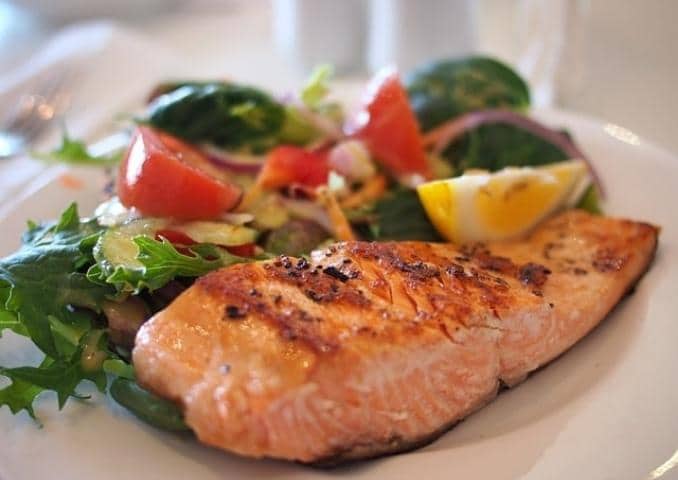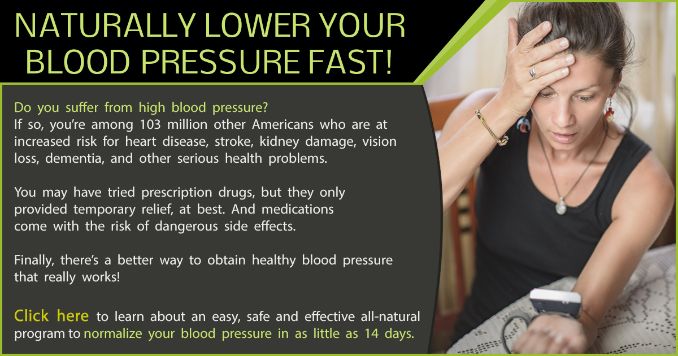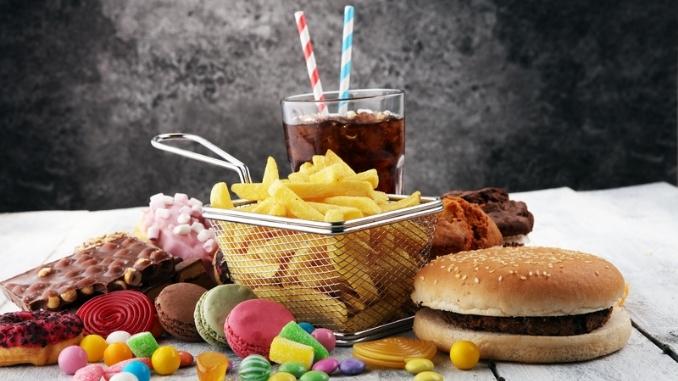
How much does diet affect your diabetes? More than you may think. In fact, strict adherence to a healthy diet can go so far as to reverse type 2 diabetes in some patients.
That’s what researchers discovered in a study published in 2017 [1]. They found that nearly half of the people who went on a six-month diet plan and lost an average of 30 pounds went into remission and no longer had diabetes.
That doesn’t mean everyone can cure diabetes through diet alone, but it does suggest that diet can play a huge role in how you manage your diabetes and the quality of life you may enjoy.
Because unhealthy fatty foods are typically calorie-dense — high in calories — eating too many of them can also lead to overweight and obesity, which, again, reduces blood sugar control. Therefore, we can see that diet can have a large effect on diabetes. The question then becomes: what should we eat, and what should we avoid? This is where knowing the top 10 worst foods for diabetes becomes crucial to making better food choices.
Top 10 Worst Foods for Diabetes
1. Soda, Fruit Juices and Sweet Smoothies
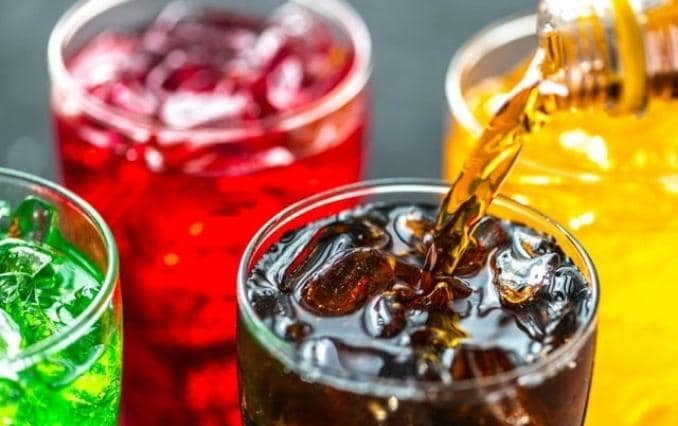
Among the 10 foods bad for diabetes, these are the worst — too much sugar. Add to this category sweetened tea and lemonade. They’re loaded with fructose, which increases blood sugar levels and has been linked to insulin resistance. Choose water, low-fat milk, and unsweetened tea and coffee.
Whole fruit delivers fiber and natural sugars, helping reduce the risk of raising blood sugar levels. Fruit juices lack fiber and contain high amounts of sugar. Eat the whole fruit instead. You can also put some whole fruit into a pitcher of ice water for extra flavor.
2. Blended Coffees
If you love Starbucks, it’s time to make a change. Most flavored coffee drinks are packed with sugar and carbohydrates. Choose plain coffee or espresso with half and half.
3. Frozen Pizza
Convenient and tasty, maybe, but these ready-made foods are also typically high in carbohydrates, fat, and calories, making them one of the 10 Worst Foods for Diabetes. If you can’t curb your pizza craving, look for a veggie pizza or make your own with fresh herbs and veggies. Thin crusts are also better than thick or pan varieties. If you’re buying pizza in a restaurant, choose the thin crust and lean meats like chicken. Say ‘no’ to the extra cheese and limit your portions. Eat a salad first.
4. Hot Dogs & Bacon
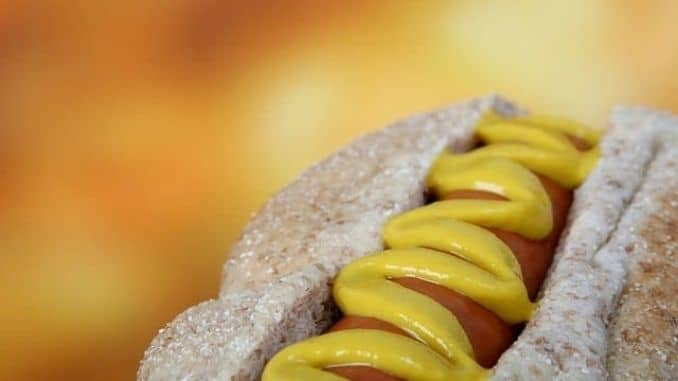
These processed meats are known to contribute to weight gain and heart disease, and they’re among the top 10 worst foods to avoid for diabetes risk. If you’re at a sports event and can’t resist, go for a whole-grain bun, or eat it with only half the bun to cut down on carbs.
These may seem healthy because they’re made with fruit, but they are super high in sugar. Go for a veggie smoothie instead and make it yourself to moderate any added sweetness.
6. White Bread & White Pasta
These are high in carbohydrates and break down too quickly in the digestive system, raising blood sugar.
5. Sugary Breakfast Cereals
Packed with sugar and lacking in nutrition, these make the list of the worst foods for managing diabetes. Instead, choose oatmeal and eggs, or look for whole-grain options that are high in fiber and low in sugar.
8. Donuts, Cinnamon Rolls & Pastries
These are high in saturated fats, calories, and carbohydrates, making them among the 10 Worst Foods for Diabetes. Instead, look for diabetes-friendly recipes that offer healthier alternatives to traditional desserts.
9. French Fries
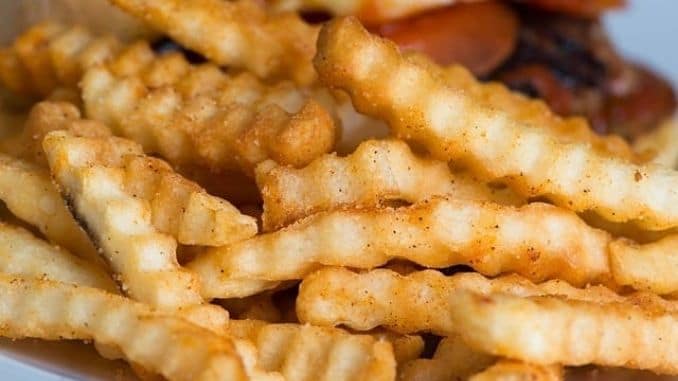
These are made from white potatoes, which are high in carbohydrates, then they’re typically fried in unhealthy oils.
10. Fried Chicken, Hamburgers & Fatty Meats
These are high in fat, and regular consumption can increase the risk of being overweight and developing cardiovascular disease, making them among the 10 Worst Foods for Diabetes. Look for lean alternatives, like chicken, turkey, and fish. When craving a burger, make one at home with lean meat and mustard, but limit the mayonnaise.
Top 10 Best Foods for Diabetes
Considering the information above, the main goals are to lose weight and keep blood sugar levels under control. The following foods can help you do that.
1. Cinnamon
Cinnamon is not only a powerful antioxidant, but it has also been shown in several studies[³] to help lower blood sugar levels and improve insulin sensitivity.
2. Leafy Greens
Spinach, kale, arugula, collard greens and Swiss chard — these and other leafy greens are extremely nutritious and low in calories and carbohydrates, plus they’re a great source of healthy antioxidants. You can eat these most any time and rest assured that they won’t affect your diabetes negatively.
3. Fatty Fish
These are rich in those healthy polyunsaturated fats, which can help prevent cardiovascular disease. Because diabetics are at an increased risk for this disease, these are good foods to eat regularly. Try salmon, anchovies, herring, sardines, and mackerel.
4. Berries
Berries are super high in antioxidants and are packed with vitamin C and other important nutrients. They have been shown in studies[⁴] to help reduce insulin levels after a meal. They’re also rich in fiber and will help keep you satisfied.
5. Eggs
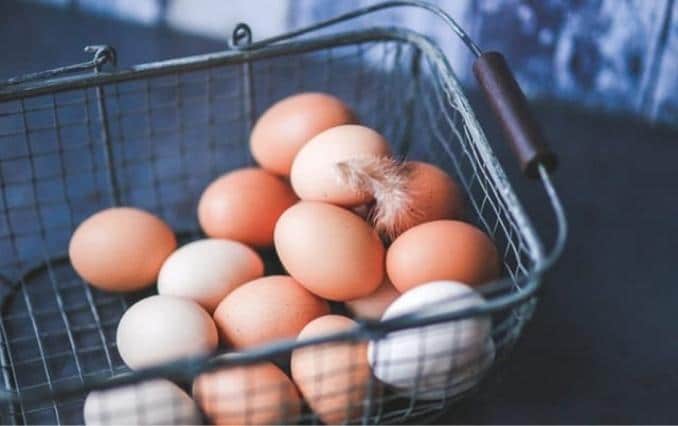
It used to be that we worried about eggs because they’re high in cholesterol. Scientists thought that cholesterol would increase the risk of heart disease, but more recent studies[⁵] have shown that the cholesterol in eggs does not affect cholesterol buildup in arteries.
Eggs are rich in protein, so they can keep you full, helping in weight-loss efforts. Studies have also found that they can improve insulin sensitivity and increase levels of HDL “good” cholesterol.
6. Greek Yogurt
Greek yogurt is higher in protein than regular yogurt, so it will keep you satisfied longer and will break down more slowly in the body, avoiding blood sugar spikes. It also contains fewer carbohydrates than regular yogurt.
7. Nuts

All types of nuts | 404 contain fiber, which helps slow digestion and stabilizes blood sugar levels. Most are also low in carbohydrates. 8. Broccoli
This is a super nutritious vegetable that’s low in carbohydrates and rich in nutrients like vitamin C. It may also help lower insulin levels. In a 2012 study[⁷], those who received supplements of broccoli sprouts powder experienced a significant decrease in insulin resistance. This contains healthy monounsaturated fats that can help keep you satisfied after a meal and has also been linked with a reduced risk of cardiovascular disease. These are high in fiber and protein, without saturated fat. That means they’re a great “filling” food to have on your plate. They’re low on the glycemic index and can help manage blood sugar levels. Diet impacts diabetes by: Improving these factors enhances diabetes management and overall well-being. Diabetes occurs when blood sugar remains too high. Food converts to glucose (fuel), but without effective insulin, glucose stays in the bloodstream, causing harm. Excess weight decreases cell sensitivity to insulin, leading to “insulin resistance,” a primary cause of type 2 diabetes. Two main food types affect blood sugar: A 2016 study indicated that diets high in monounsaturated [2] and polyunsaturated fats, as opposed to saturated fats and carbs, improved blood sugar control. Benefits were most pronounced when polyunsaturated fats replaced saturated fats or carbohydrates. For your guide to managing high blood pressure, check out our 14-Day Healthy Blood Pressure Quick Start Program here!9. Extra-virgin Olive Oil
10. Beans
Why Does Diet Matter in Managing Diabetes?
A. Encourages Weight Loss
B. Helps Control Blood Sugar Levels
1. Types of Fats
2. Types of Unsaturated Fats
Research Insights

